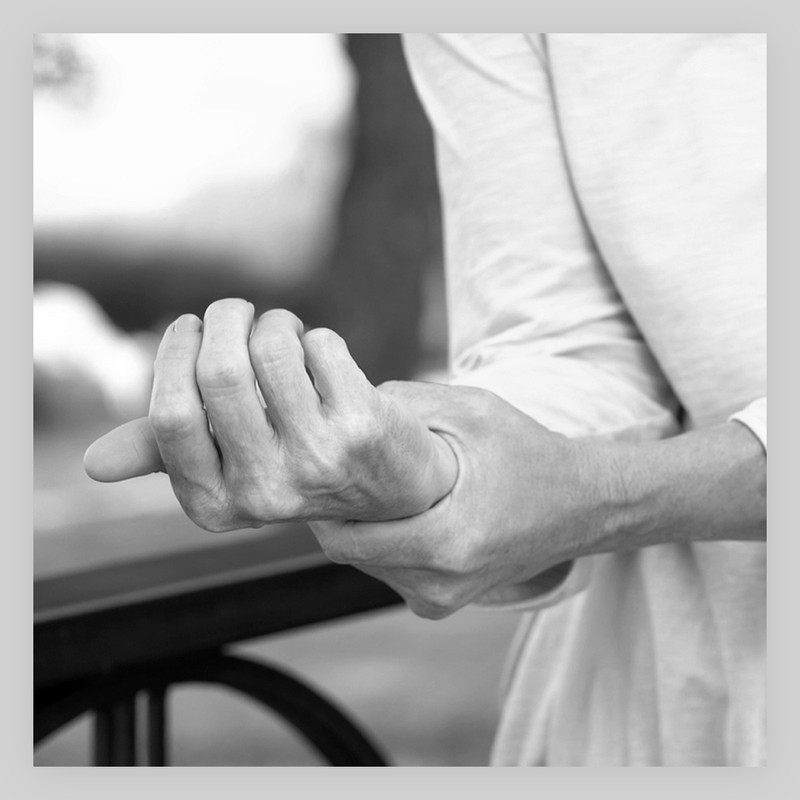
How To Manage Aches And Pains
If You’re Suffering With Pain, Chances Are It’s Osteoarthritis
“Osteoarthritis is a common condition affecting 10 million people in the UK, and it tends to occur with increasing frequency from middle age onwards. In fact, up to 50% of adults over the age of 65 are currently living with the condition. It occurs when cartilage, the smooth lining of the joints, is lost and becomes roughened, making movement more difficult and leading to painful, stiff joints. Unfortunately, the body has not evolved well to repair cartilage, and once it is lost it generally doesn’t repair itself. This is why osteoarthritis is regarded as progressive, i.e. it worsens over time. However, there is much that can be done in terms of building up the muscles that support the joints and this can help joints function properly.” – Dr Jonathan Rees, consultant in rheumatology & sports medicine at London Bridge Hospital
Wear And Tear Happens
“No machine could run for 60 years without needing some form of repair, and your body is no different. While genetics may play a role in the advancement and severity of osteoarthritis, all adults can expect to experience some change to their joints as they age. Load-bearing joints, such as the knees and hips, are areas that typically ‘wear down’ quicker than others, and repetitive movements can also cause wear and tear. A lot of people put their aches and pains down to ageing and assume there’s nothing that can be done, but remember that pain or injury in one part of the body can present in other areas. For example, if you are wearing incorrectly fitting shoes, or require additional orthopaedic support, this can present as knee, hip or shoulder pain. By correcting something quite simple, your body can function better.” – Ed Buckwald, osteopath and founder of Canamis
Consider Losing A Few Pounds
“Obesity is widely acknowledged as a risk factor for both the onset and progression of joint pain. Studies suggest that every 5kg of weight gain can have a 36% increase in the risk of developing knee osteoarthritis. Other risk factors include previous injuries, and if there are any genetic or inherited traits.” – Doug Robson, specialist yoga instructor at WithU
Be Savvy With How You Exercise
“Inactivity is a risk factor for joint pain, but intense exercise can also be to blame. The popularity of HIIT workouts (i.e. high intensity interval training) will likely lead to huge amounts of people experiencing premature joint problems in the future. If you are living with joint pain and are also inactive or overweight, then any activity you can do is good activity. Walking is a fantastic low-impact exercise that’s accessible – all you need is a pair of comfortable shoes. Strength-building exercises such as Pilates and yoga can help strengthen the muscles surrounding your joints, while swimming is an excellent full-body conditioning activity that will raise your heart rate, build lean muscle and give your joints a break. Another bonus of physical activity is that it can help you lose weight, and it’s common knowledge that being overweight puts additional strain on your joints. Fat tissue also produces proteins which can cause inflammation around the joints. Just be sure to vary your exercise routine, as repetitive movements will wear down joints unevenly.” – Ed
Improve Your Flexibility
“If you have joint pain, chances are your muscles are not working up to par. In fact, the biggest risk factors for joint pain are poor body mechanics, muscle weakness and poor flexibility. Your muscles are the support system for your joints, so you need healthy muscles for healthy joints. Exercise should focus on keeping your muscles strong and flexible. P.volve – a unique, low-impact workout that’s a fusion of Pilates, yoga and barre – can help improve joint pain. It focuses on teaching your body to move correctly using specific muscle activation, which helps prevent the joints from becoming stressed, therefore keeping pain at bay. The P.volve method can also help improve posture, which can also improve the way your joints are aligned, helping you move with good mechanics.” – Dr Amy Hoover, in-house physiotherapist at P.volve
Supportive Strapping May Not Be Worth It
“Elastic bandages and strapping are commonly used to treat various musculoskeletal disorders, although there is very limited research to prove the effects. It’s suggested that the elasticity of the strapping and its tension on the skin helps mobilise the skin and improves circulation, which then helps with pain. Some studies suggest they can also reduce inflammation in inflammatory types of arthritis by gently pulling up the skin to create space underneath, enabling an increase in blood flow to the affected area. However, the jury’s out.” – Doug
Work On Your Posture
“Posture can have a significant impact on joint pain, and it often stems from modern-day habits like working in front of a computer, slouching on the sofa while watching TV, or looking down at a smartphone. Stretching the muscles in the upper back, chest and core can help. Try some simple shoulder exercises, such as scapular squeezes (squeezing your shoulder blades together for 30 seconds at a time) and rows (using a resistance band to pull back your elbows like you're rowing). To quickly relieve your chest muscles, simply put your arms behind your back, link your fingers together and squeeze the shoulder blades together to open up your chest.” – Doug
Book In With A Physio
“Physiotherapy is a fantastic treatment for joint pain. A physio can look at your muscle and joint function and identify areas that need to be improved, and then prescribe specific exercises to help alleviate your pain. Your exercise program will likely focus on improving muscle strength and flexibility and joint motion, as well as mechanics of movement in order to help you move with more ease and more efficiency.” – Dr Hoover
CBD Can Help
“CBD interacts with the body’s endocannabinoid system, which is responsible for inflammatory responses. If joint pain is preventing you from being active, CBD oil can help. By controlling the inflammation, you can control pain and make it easier to stay active. CBD oil, which you can take orally, is a good place to start. Canamis CBD is 100% THC-free and contains CBD which is grown and extracted in Colorado, USA. As one of the first states to legalise CBD for food supplement use, Colorado is a pioneer of CBD industry standards.” – Ed
An Egg-Based Supplement Could Also Be Worth A Try
“One of the most promising discoveries in the battle against joint and arthritic pain is natural eggshell membrane (NEM). NEM is the thin membrane found in between the eggshell and egg white and contains proteins that may help to repair the cartilage network. It is the degradation of this cartilage that causes the release of acids such as uric acid resulting in pain and stiffness that so many of us experience. A recent study found that supplementing with 500mg of NEM for eight weeks had a positive impact on joint health with patients reporting a positive result within just ten days. You can find NEM in Victoria Health’s Superior Joints formula, an all-in-one quality supplement containing powerful ingredients that help to promote flexibility, strength, mobility and cushioning.” – Shabir Daya, pharmacist and co-founder of Victoria Health
Ditch Processed Foods
“One of the biggest diet culprits when it comes to joint pain is fructose, which is added to many processed foods. Fructose promotes the production of uric acid, which crystallises around joint tissues. Promoting extra production of uric acid by ingesting fructose will not only cause pain, but being acidic in nature, uric acid further promotes the destruction of our joints. Where possible, choose quality natural foods over processed ones, and eliminate starchy carbohydrates and sugars, which are also detrimental to the joints. Another possible source of irritation comes from the nightshade family of plants which includes potatoes, tomatoes and eggplant. These vegetables contain a chemical which can trigger pain in some people.” – Shabir
Up Your Omegas
“Most of us don’t get sufficient essential fatty acids on a daily basis, yet numerous studies indicate the benefit of oily fish for joint pain. Increase your intake of sardines, mackerel and salmon, and if you don’t like fish, or want to increase your intake further, consider Neubria’s Krill Oil, a fantastic supplement that is rich in omegas.” – Shabir
Stock Up On Turmeric
“Turmeric appears to have a strong anti-inflammatory effect. One study found that taking around 1,000 milligrams of curcumin (the bioactive compound in turmeric) each day may help reduce joint pain. This effect is similar to those of over-the-counter NSAIDs, such as ibuprofen.” – Doug
Eat More Ginger In The Winter Months
“Popular in traditional Chinese medicine, ginger inhibits the compounds that cause inflammation around the joint tissues, helping to ease arthritic-type pain. It is especially suitable for people whose pain and stiffness worsens during the cold weather due to its circulatory enhancing properties that warms painful joints by increasing blood flow.” – Shabir
Cherries Can Also Protect The Joints
“Cherries are excellent for helping to promote joint health, containing natural anti-inflammatory compounds that actively protect the joints. In laboratory tests carried out by Michigan State University, tart cherry compounds were found to be at least ten times more active than aspirin without side effects. Other studies indicate that tart cherries inhibit the chemicals involved in inflammation and these same compounds also have potent antioxidant properties further protecting the joint tissues against free radical damage.” – Shabir
Always Listen To Your Body
“If you are unsure whether you are experiencing normal wear and tear or something more serious, your GP can help. Imaging tests, such as X-rays or an MRI, can be used to examine joints, and while cartilage won’t show up on an X-ray, it will show a narrower space between the bones in the joint. A scan can also highlight issues such as bone spurs. Either way, if your pain cannot be managed by over-the-counter pain medication, if your pain is interfering with your life, or if you find you are reliant on medication, it’s time to get help. Just because joint wear and tear is normal as you age, it doesn’t mean you have to put up with it.” – Ed
For more information visit HCAHealthcare.co.uk, Canamis.com, WithUTraining.com, VictoriaHealth.com and Pvolve.com
Give your joints a helping hand with these expert-approved formulas…
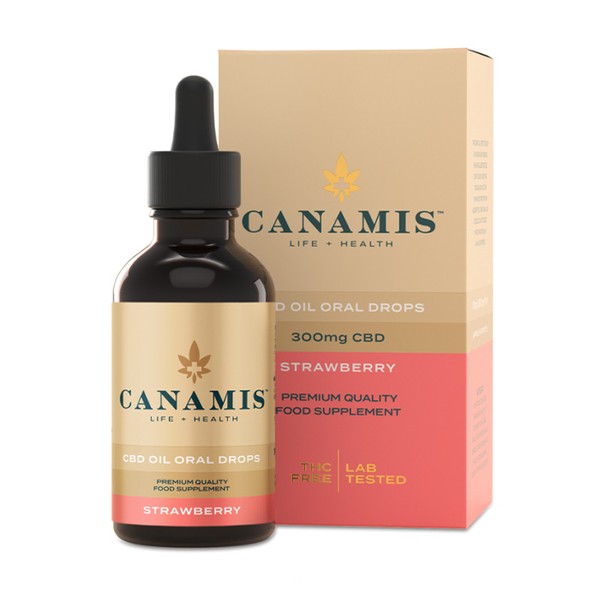
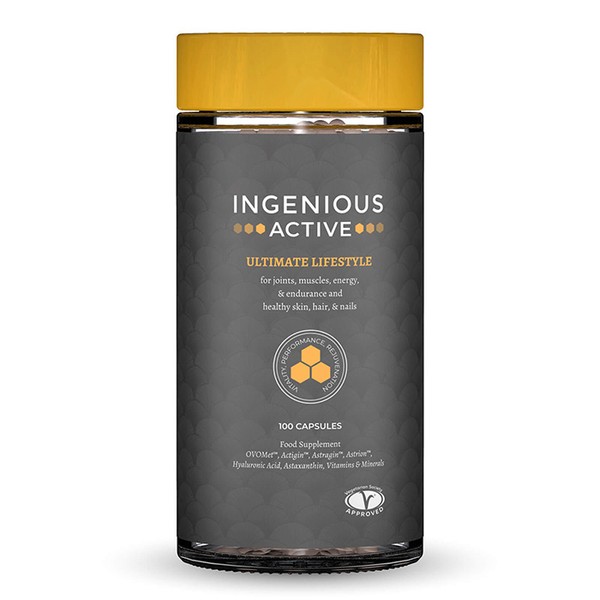
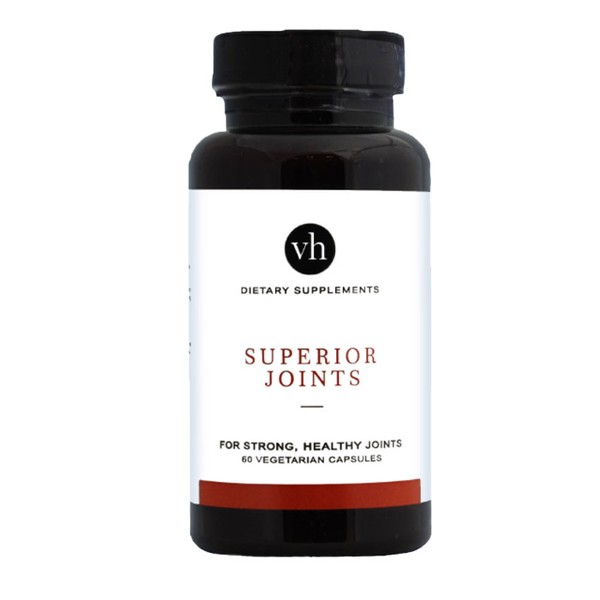
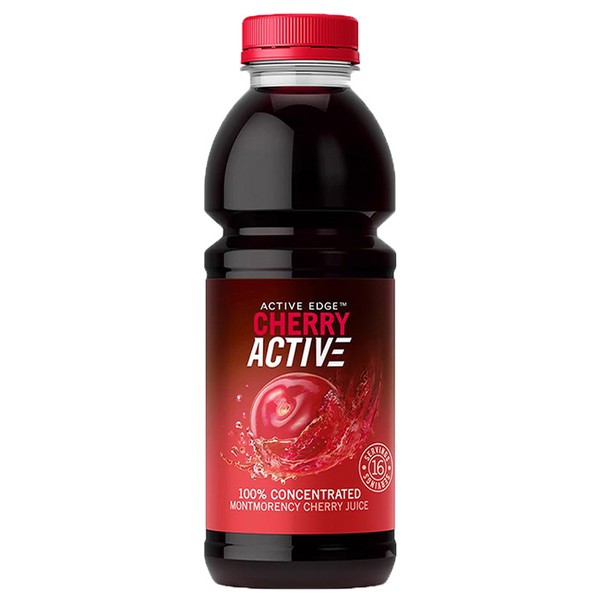
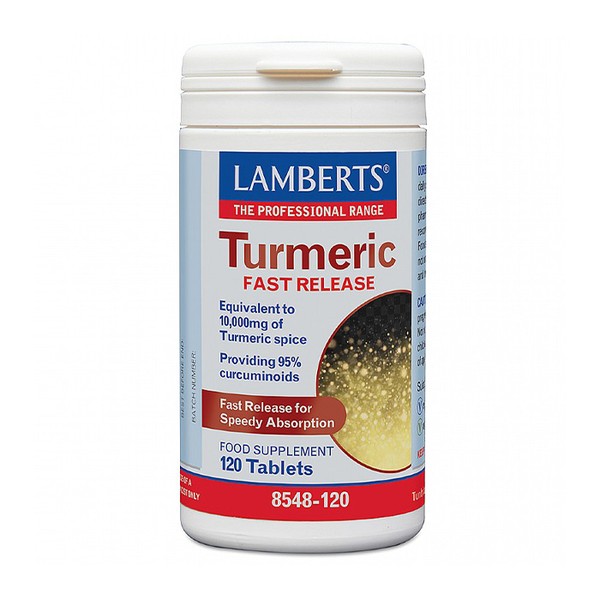
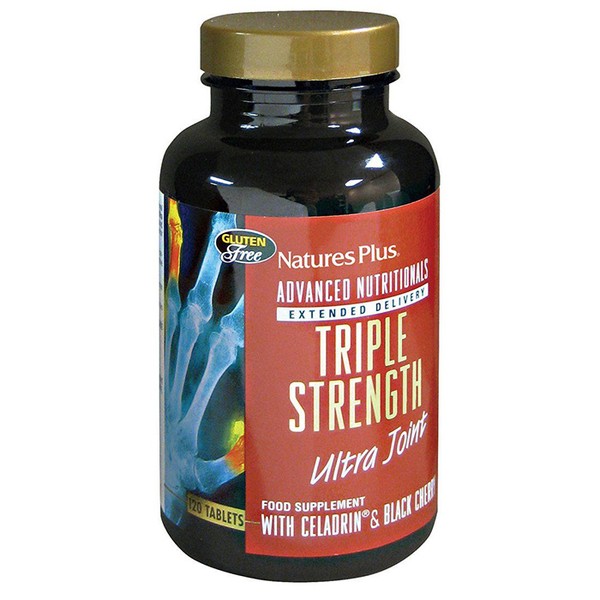

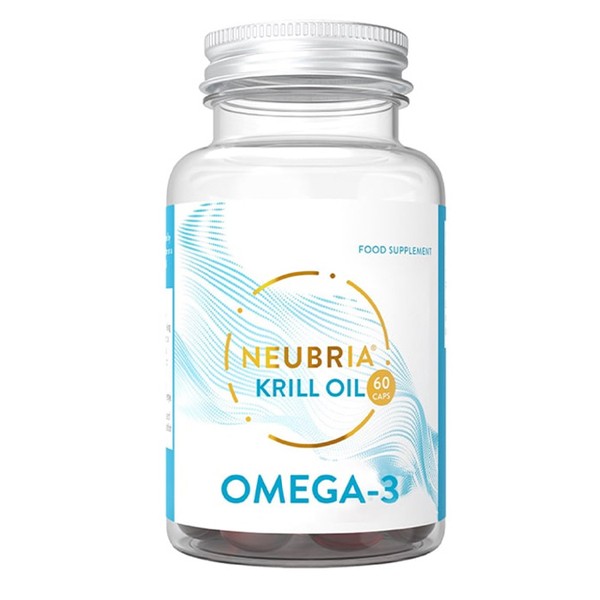
DISCLAIMER: Features published by SheerLuxe are not intended to treat, diagnose, cure or prevent any disease. Always seek the advice of your GP or another qualified healthcare provider for any questions you have regarding a medical condition, and before undertaking any diet, exercise or other health-related programme.
DISCLAIMER: We endeavour to always credit the correct original source of every image we use. If you think a credit may be incorrect, please contact us at info@sheerluxe.com.

